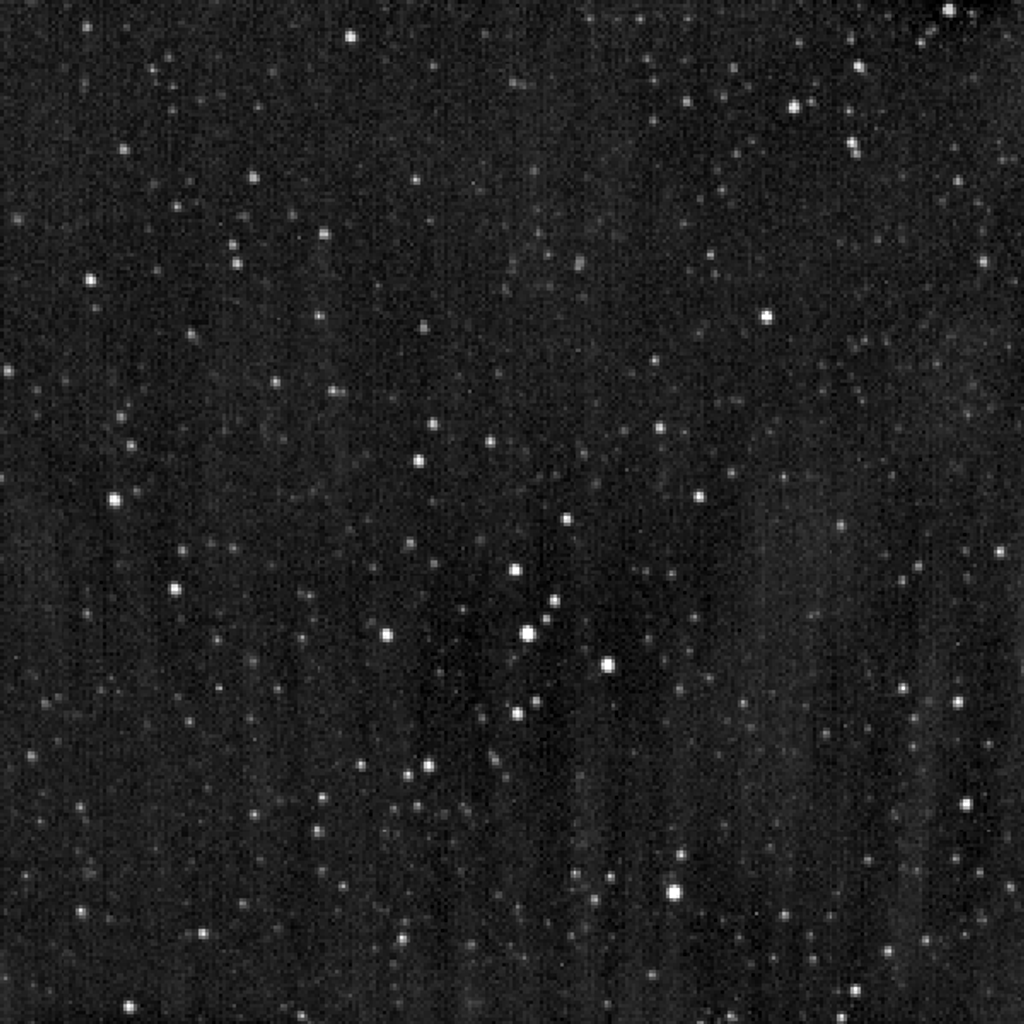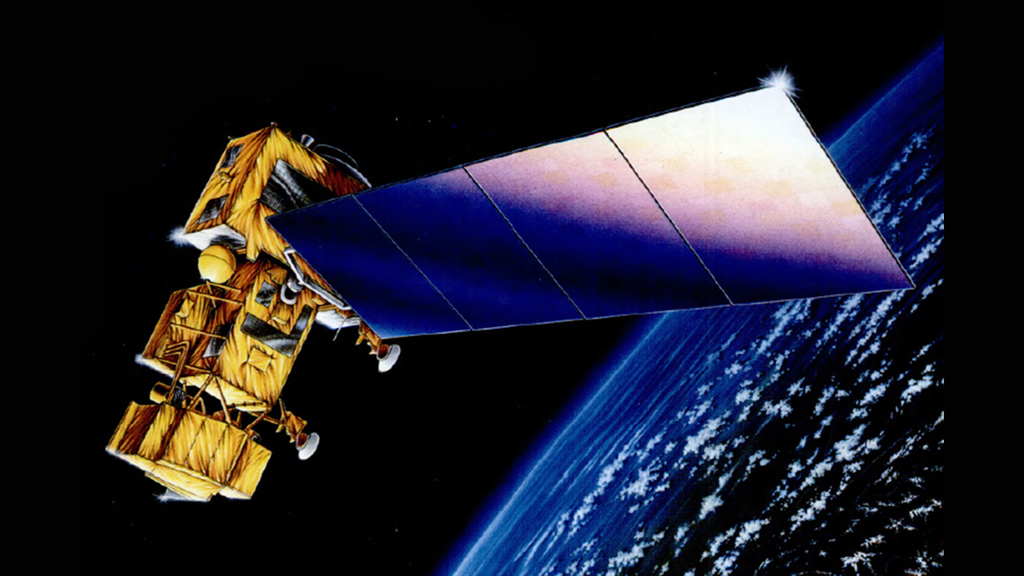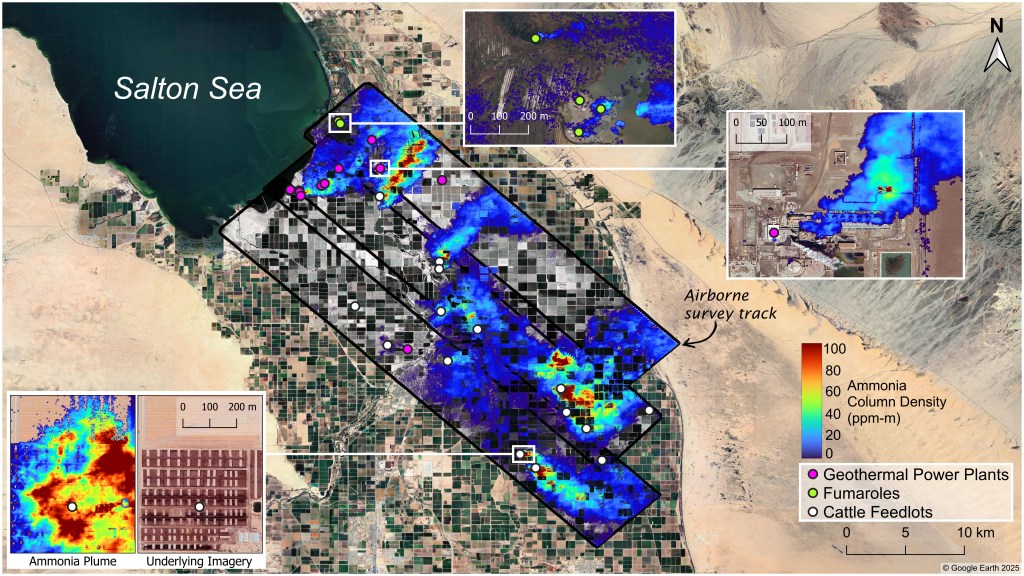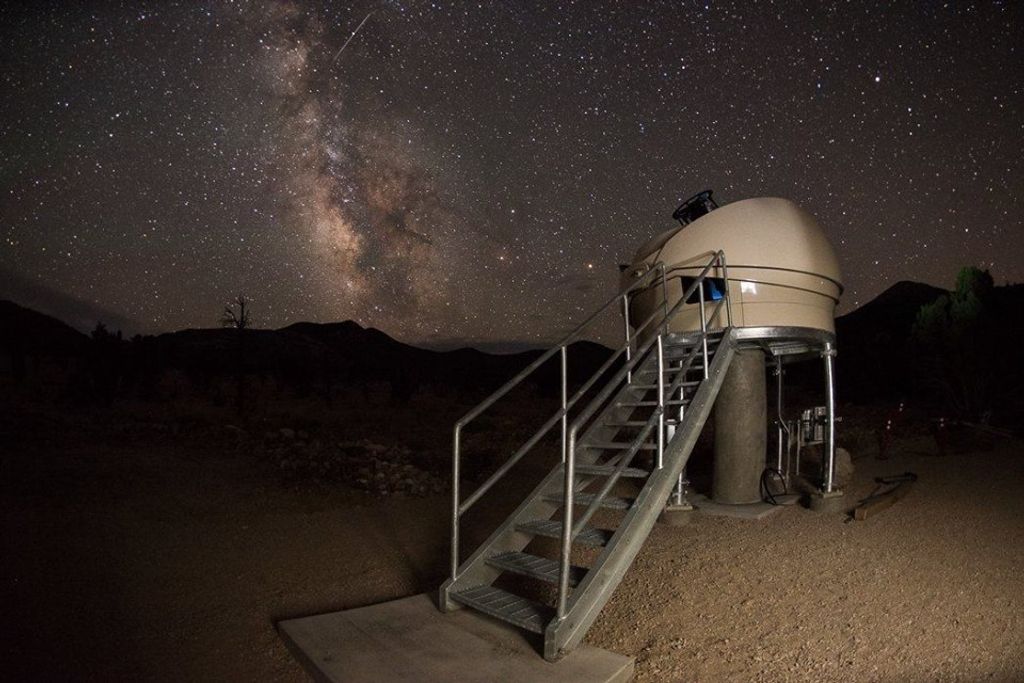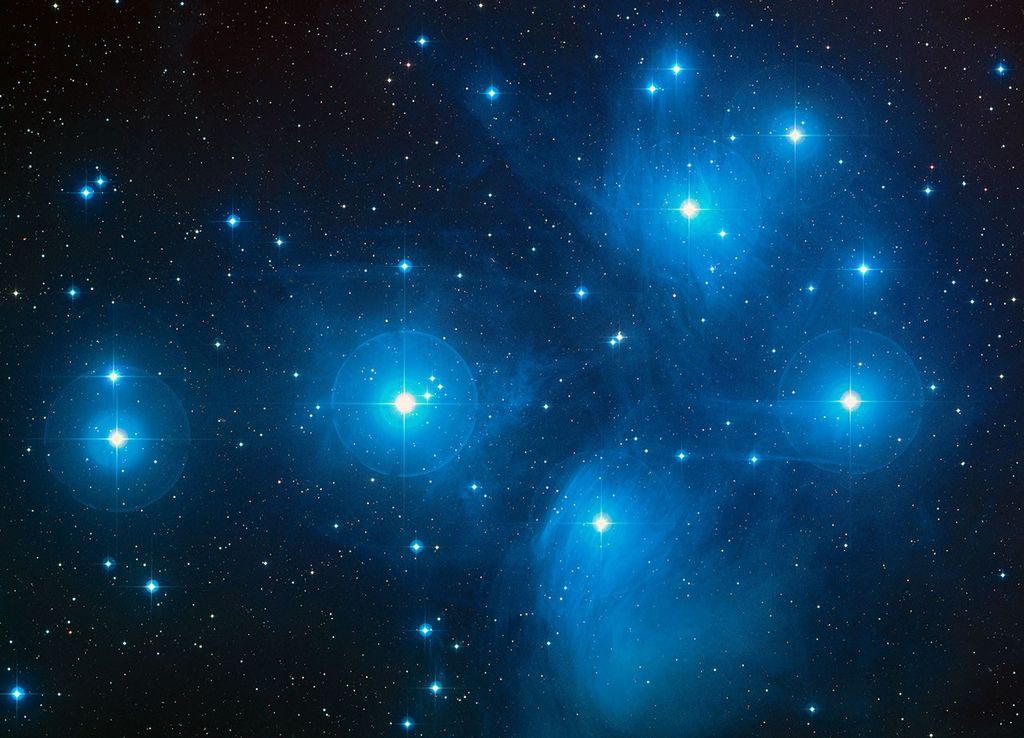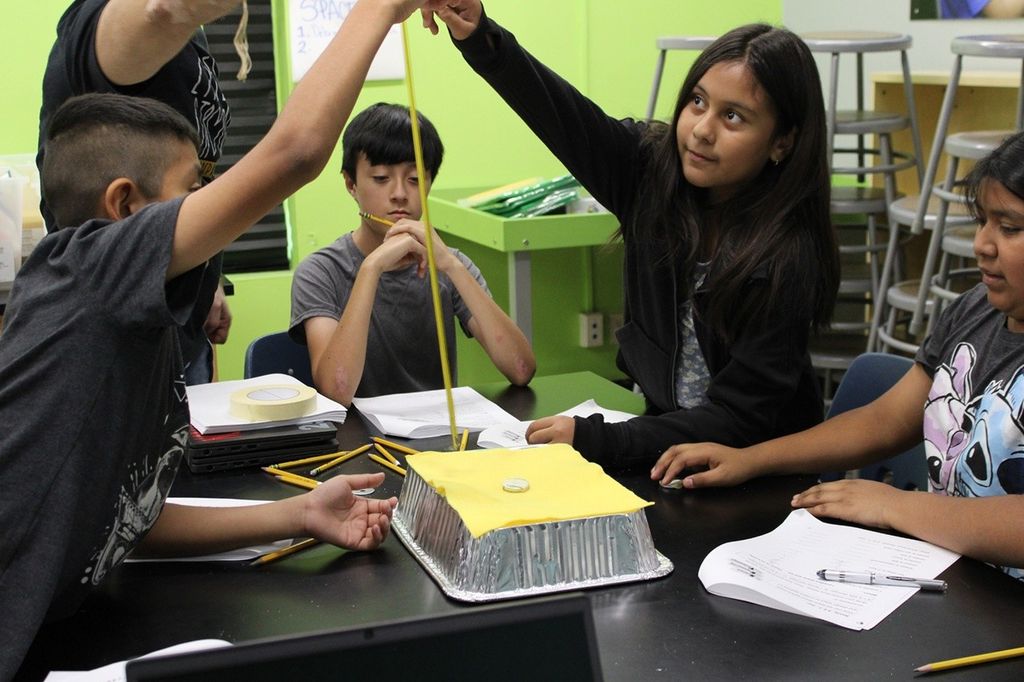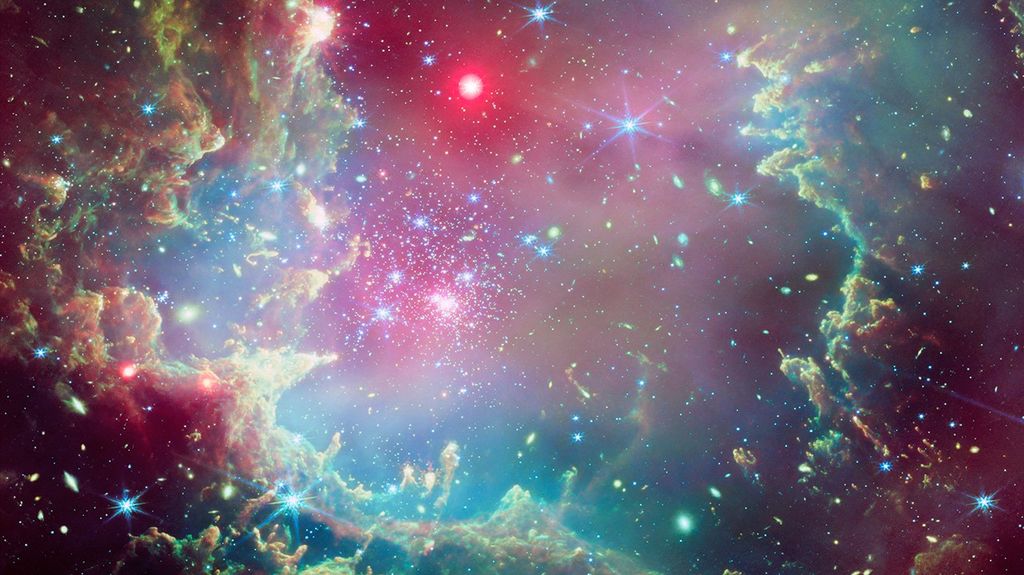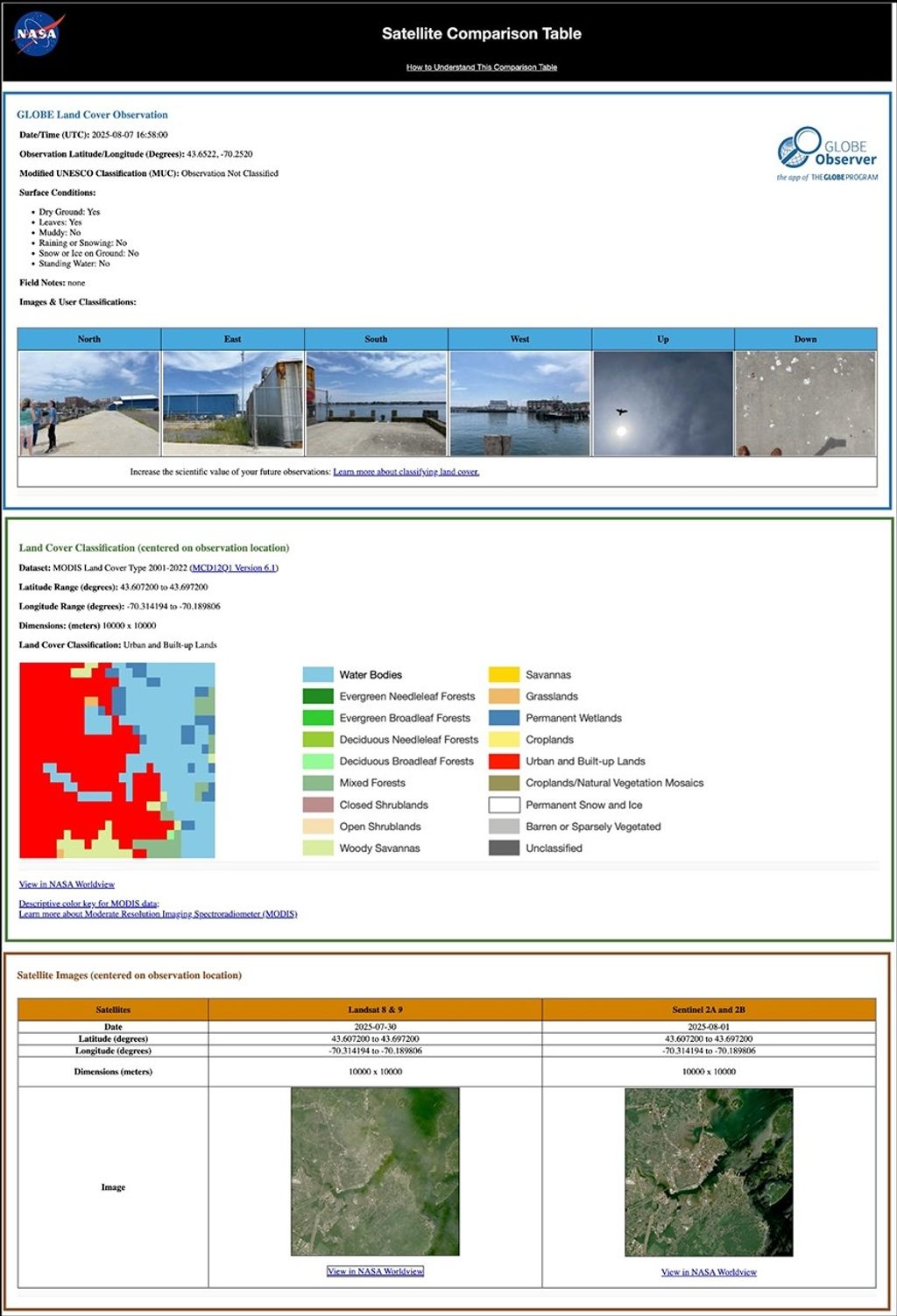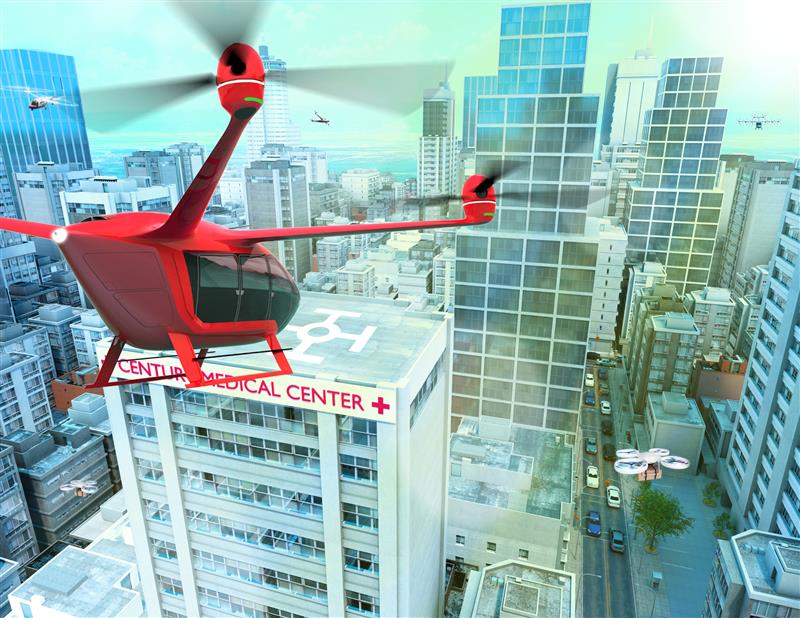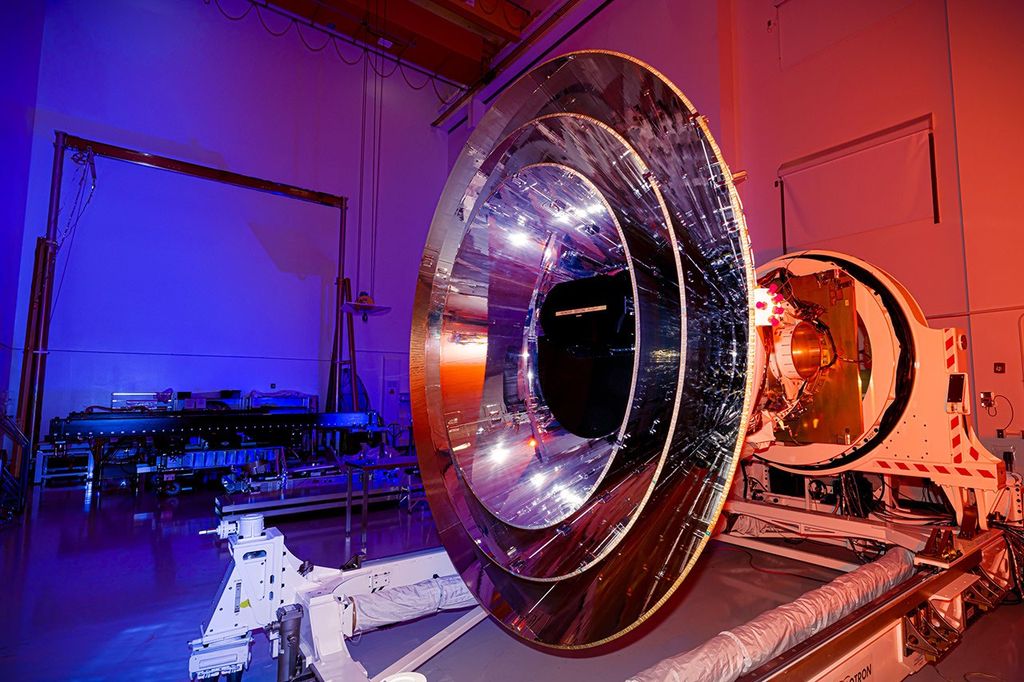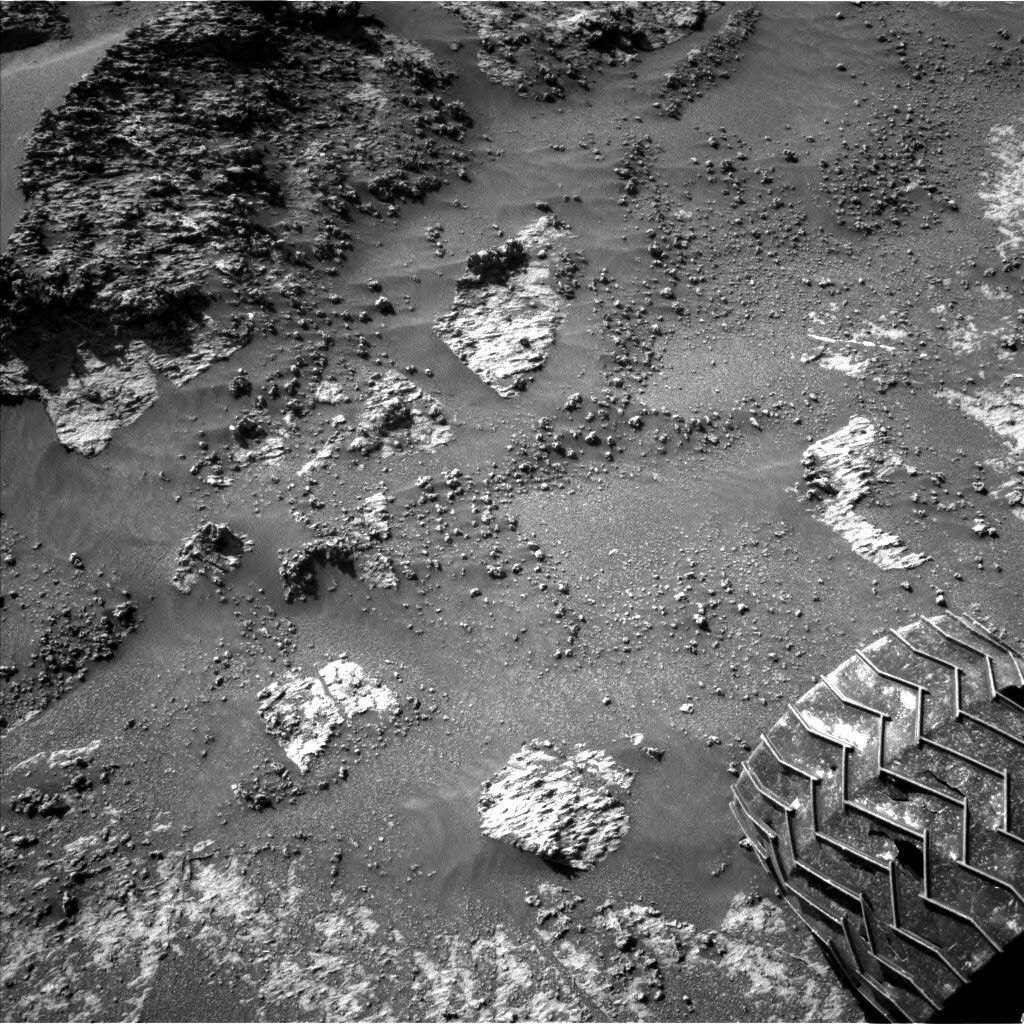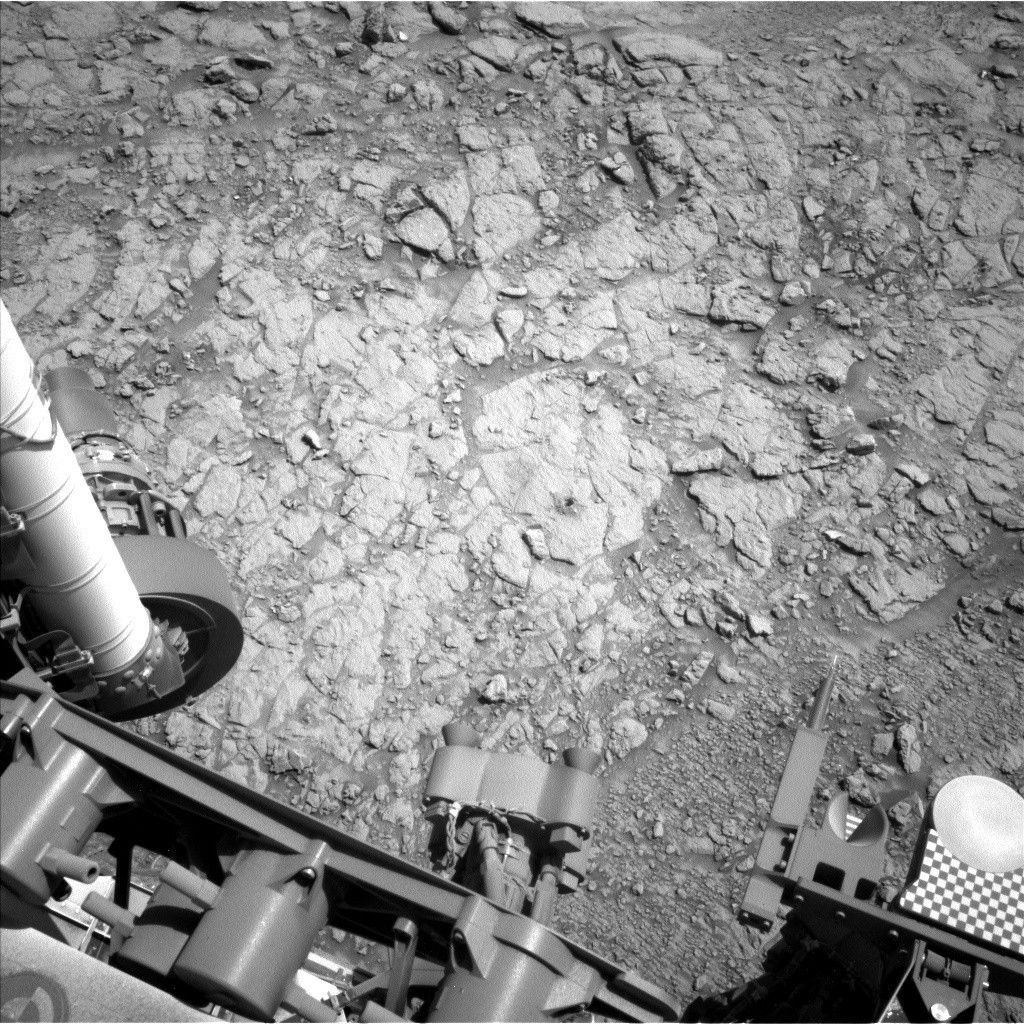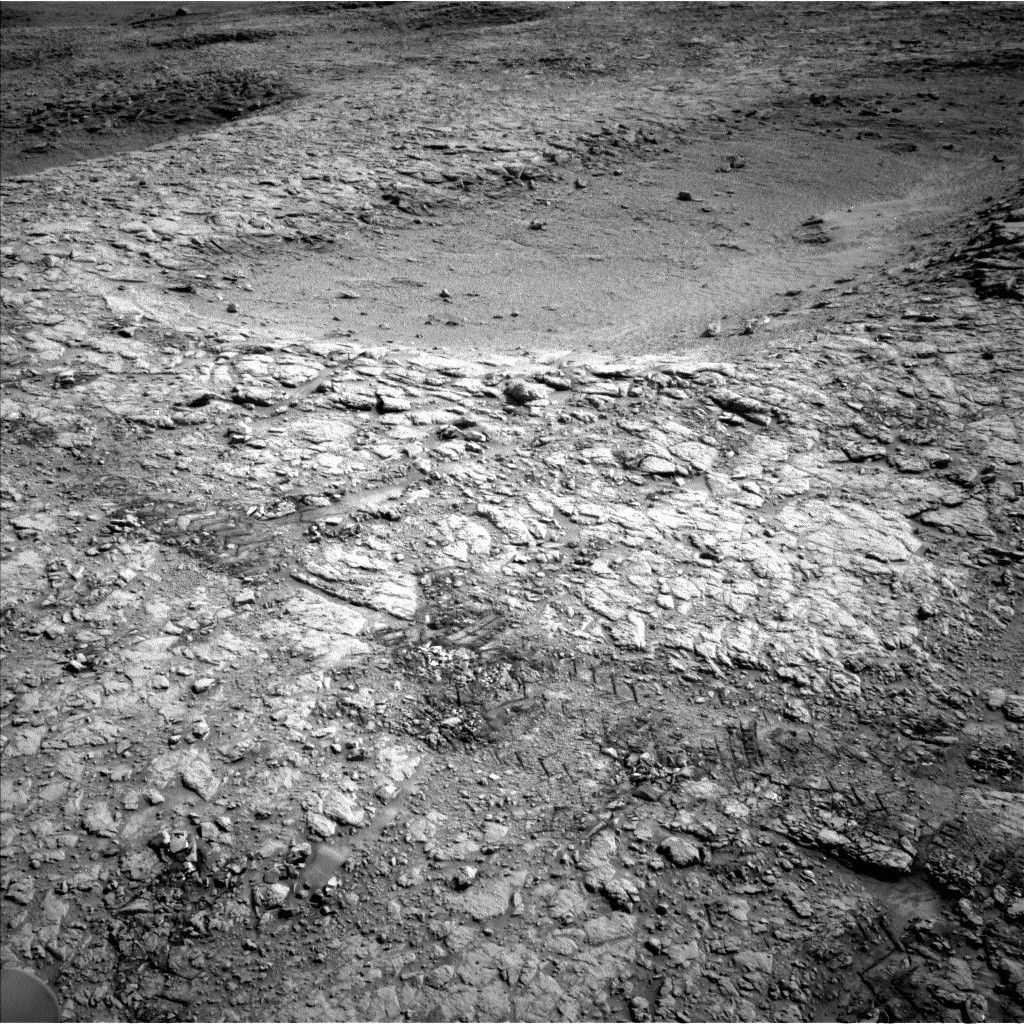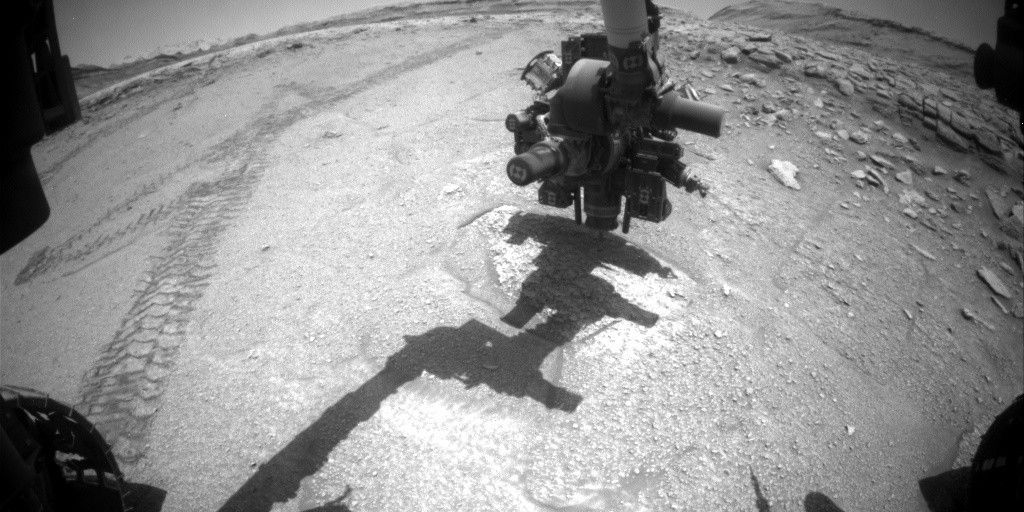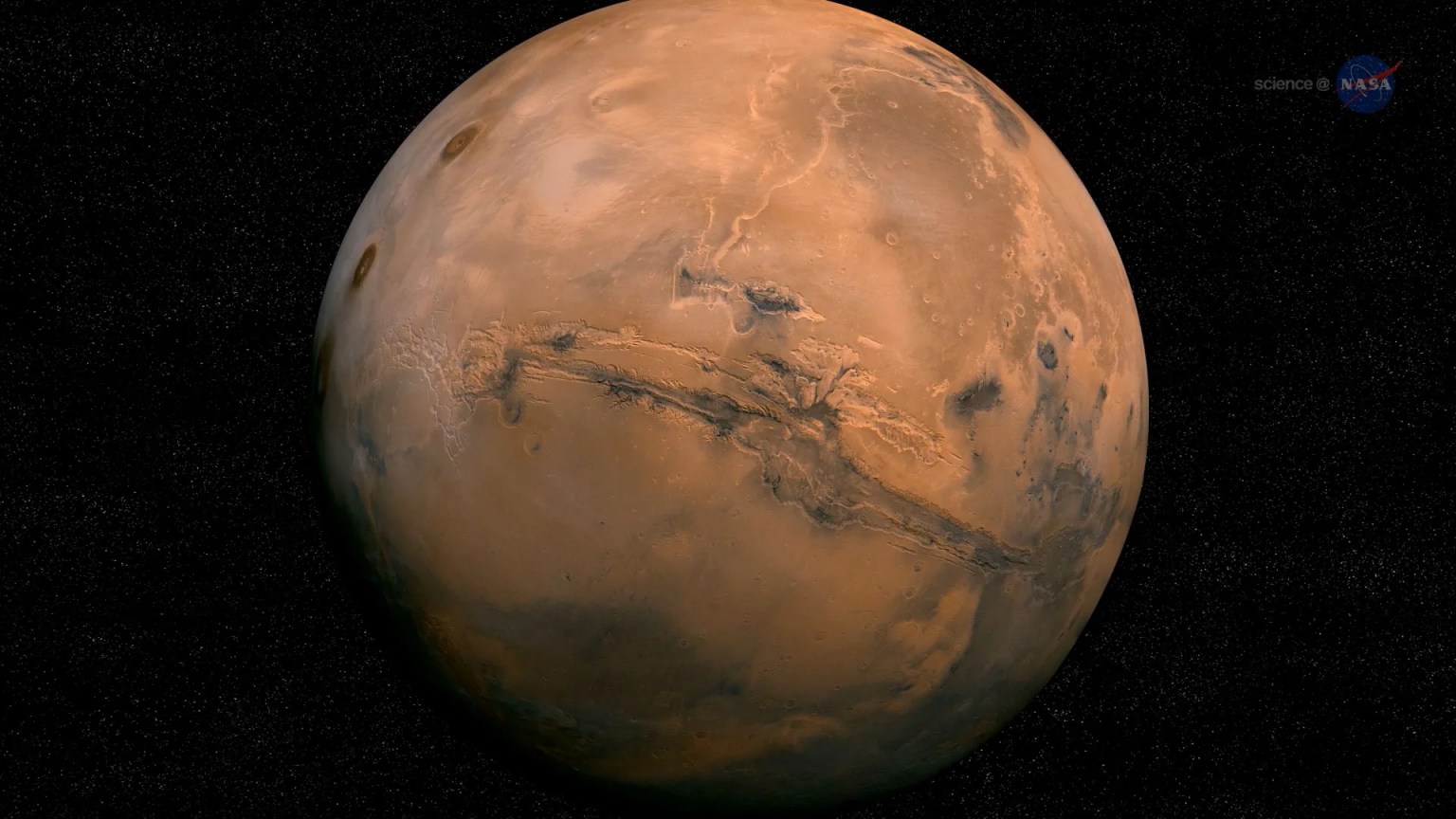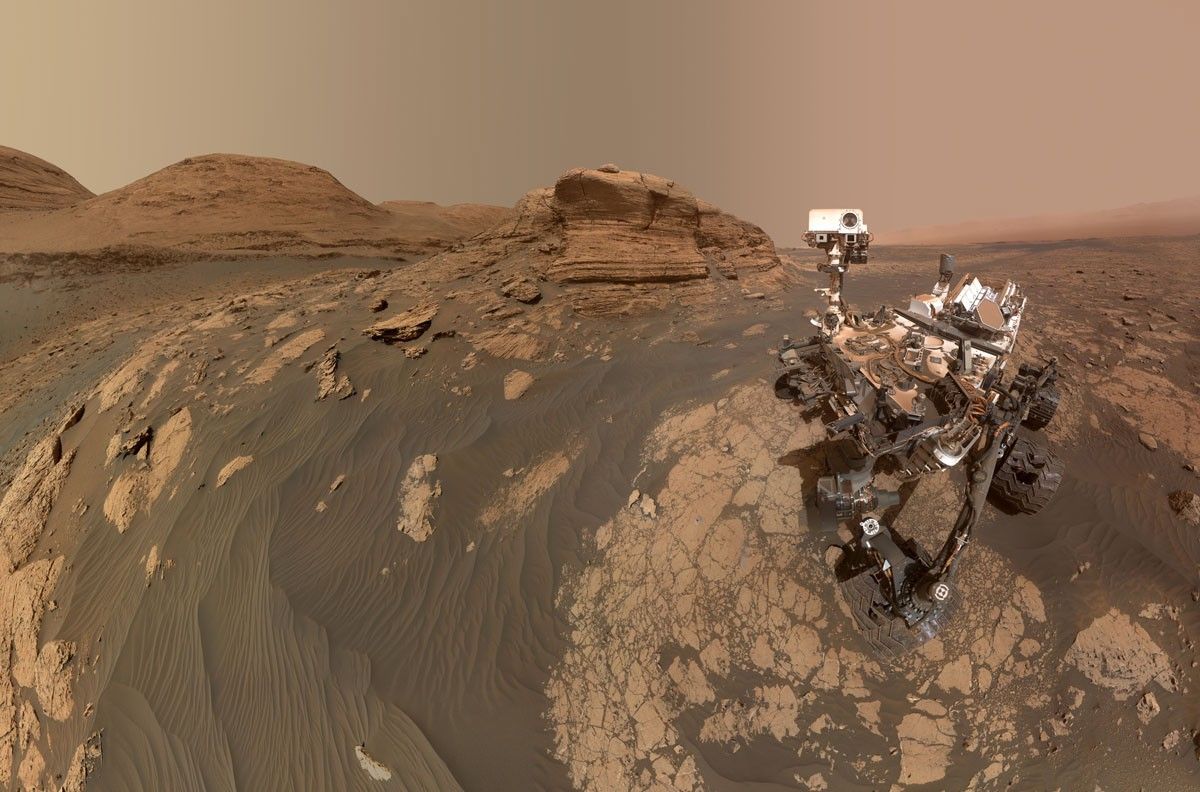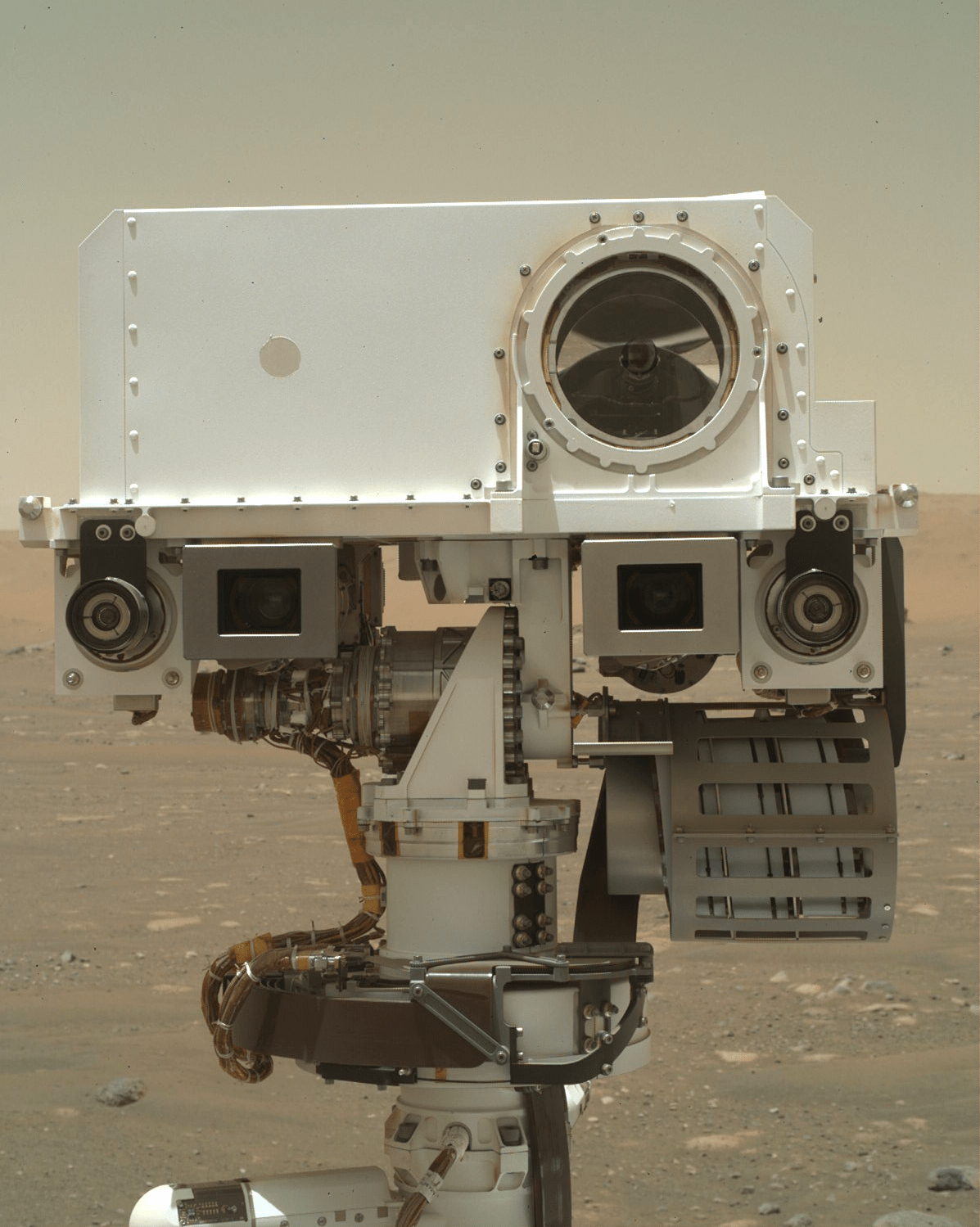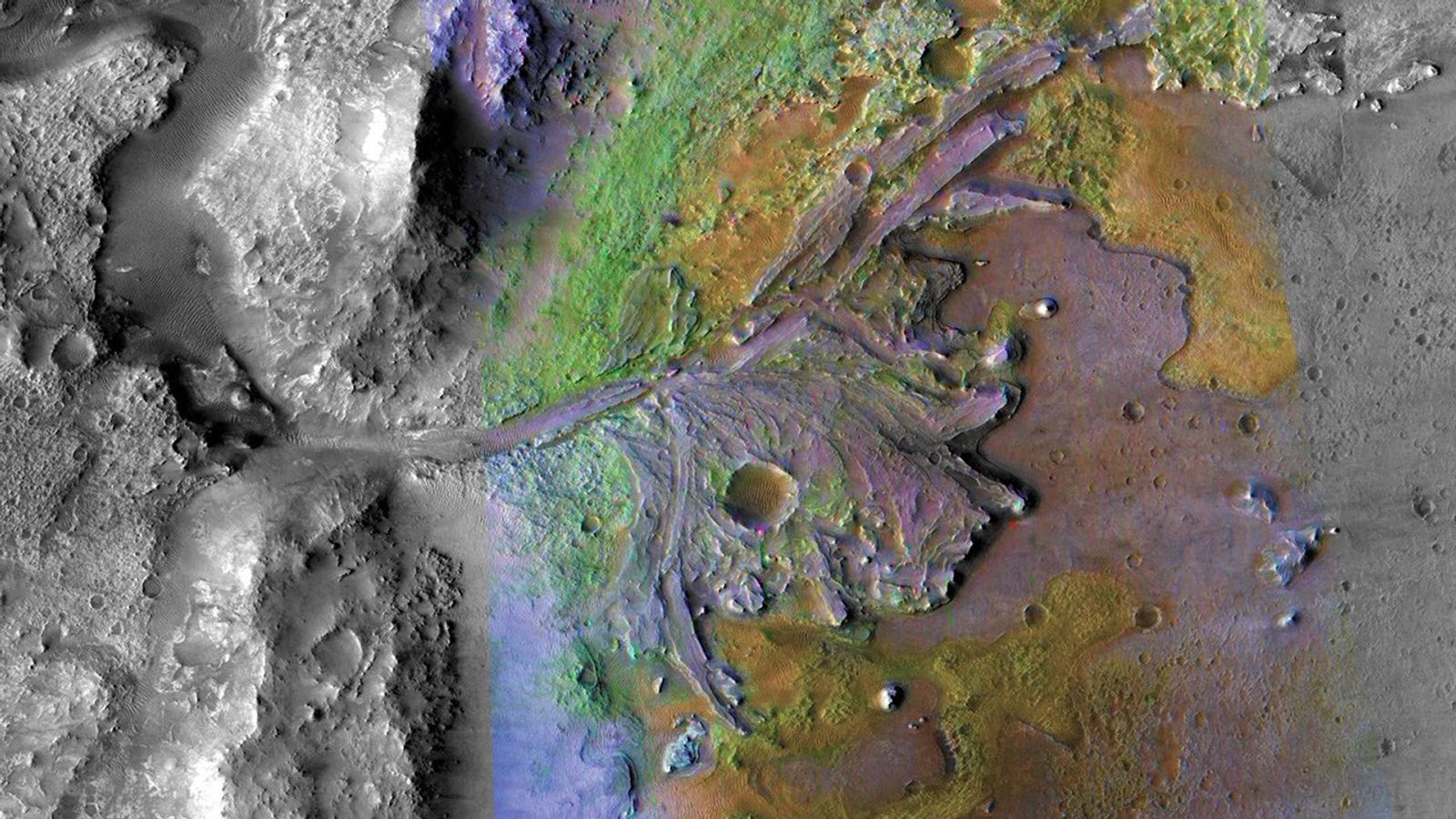Our weekend drive completed successfully, landing us north of a ~15 m tall butte that we had imaged the east side of over the weekend. The new parking position gave us a new angle on the butte. Seeing structures from multiple angles helps geologists unravel the story of their formation by revealing their layers in three dimensions. The challenge of today’s plan was that the large Mastcam mosaic we wanted to acquire of the butte was best taken early in the day, before the butte began to cover itself in its own shadow, and this window of time overlapped the best time to acquire APXS data before our drive. Rather than having to pit APXS against Mastcam, we were allowed to try something relatively unusual. Typically, when we analyze a target with APXS before a drive, we acquire MAHLI images of the same target immediately after APXS is done. Today, we broke up APXS and MAHLI, putting the desired Mastcam imaging and other remote science observations after APXS. MAHLI was then scheduled after the remote observations, but before the drive. This allowed all the observations to occur at times that would benefit them - wins all around!
APXS and MAHLI will analyze a patch of relatively smooth bedrock, "Fressignas," to systematically record bedrock chemistry as we climb up Mount Sharp. In addition to the large butte mosaic, Mastcam acquired a small mosaic of a bedrock slab right of the rover (image above), dubbed "Creysse," which exhibited a combination of lineations and resistant features that added to the variety of textures we have seen over the last several weeks. ChemCam acquired a small RMI mosaic of yet another wonderful structure, "Mescoules," a delicate arch of rock that appeared to be made of a concentration of the resistant nodules so common in the local bedrock. ChemCam will analyze the chemistry of a linear horizon of resistant nodules at the target "Loubejac" to continue our investigation of what makes these nodules stand out from the bedrock that hosts them.
After a drive that we hope will be extended in distance by Curiosity’s autonomous navigation capabilities, ChemCam will acquire chemistry from an autonomously-selected target, and we will turn our attention to the atmosphere. APXS will acquire a measurement of argon in the Mars atmosphere, Navcam and Mastcam will measure the amount of dust in the atmosphere, and Navcam will shoot a movie in search of dust devils. These dedicated atmospheric observations take place over a background of regular RAD, REMS, and DAN measurements that keep their finger on the pulse of the Gale crater environment.
Written by Michelle Minitti, Planetary Geologist at Framework






